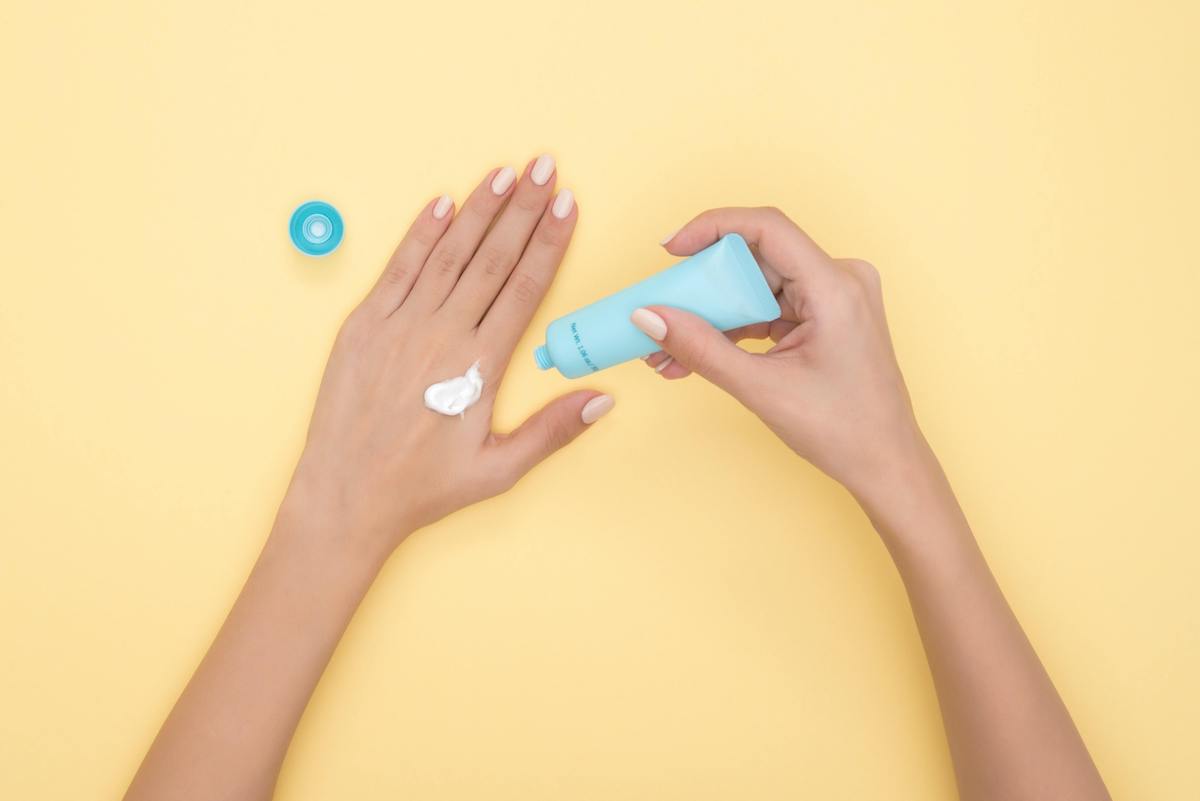Welcome to UV Safety Awareness Month! As the sun shines brightly during the summer, it's important to protect yourself from harmful ultraviolet (UV) radiation. In this article, we'll explore key facts about UV safety awareness, helping you understand the risks associated with UV exposure and how to stay safe.
1. Why do I need to wear sunscreen?
You’re always getting told to wear sunscreen, but why is this advice repeated so often? The reason is that sunscreen helps to protect your skin from the effects of the sun. Sunscreen acts as a barrier that reduces the risk of sunburn, premature aging of the skin, and potential damage that can increase the risk of skin cancer.
What are the culprits of these harmful effects? Introducing UV rays, or ultraviolet rays, which are a type of energy that comes from the sun. They are invisible to our eyes because they have a wavelength that is shorter than what our eyes can see. UV rays are classified into three types: UVA, UVB, and UVC. While these three types have varying effects on the skin, research shows that they can all have some negative impact.

2. What is the UV Index and how do I read it?
According to the World Health Organization, the UV Index measures how strong the sun's UV rays are at a given place and time. This allows us to assess the potential danger of sunburn and other UV-related problems. The scale ranges from 0 to 11+, with higher numbers indicating a higher risk and shorter time before damage occurs. Before you make outdoor plans, it's important to pay attention to the UV Index so you can be aware of the level of risk and take appropriate precautions.

3. How do I protect myself from the sun?
To minimize the risks associated with UV exposure, here are some effective sun protection measures suggested by the National Institutes of Health (NIH):
- Seek Shade: Limit your time in direct sunlight, especially during peak UV hours (usually between 10 a.m. and 4 p.m.).
- Wear Protective Clothing: Cover your skin with loose-fitting, long-sleeved shirts, pants, wide-brimmed hats, and UV-blocking sunglasses.
- Apply Sunscreen: Use broad-spectrum sunscreen with a Sun Protection Factor (SPF) of 30 or higher. Apply it generously and reapply every two hours or after swimming or sweating.
4. Do my eyes need UV protection?
The short answer is yes! The National Eye Institute notes that UV radiation can harm your eyes, leading to conditions like cataracts, macular degeneration, and even eye cancer. When choosing sunglasses, opt for those labeled as providing 100% UV protection. These sunglasses work by either blocking or reflecting the harmful UV light away from your eyes. Note that UV-blocking lenses protect your eyes from exposure to UV rays, while polarized lenses remove glare, allowing you to see more clearly. Thus, it is most effective to find a pair that offers both qualities.
5. How much sun do you need a day?
The amount of sun exposure needed varies depending on factors such as age, skin type, geographical location, and time of day. The NIH recommends getting about 5 to 30 minutes of sunlight exposure on your face, arms, or legs, two to three times a week. Note that the particular amount of time needed within this period depends on your skin type, whether you've tanned before, where you are (latitude), the season, and the weather conditions.
Sun exposure is important for obtaining vitamin D, which is essential for bone health and overall well-being. Additionally, it promotes the release of serotonin, a hormone that contributes to improved mood and mental well-being.
However, it's important to balance sun exposure with proper sun protection to avoid the risk of sunburn and skin damage. According to The Skin Cancer Foundation, the damage caused by UV exposure adds up over time, increasing your risk of developing skin cancer. Hence, it’s crucial to remember that there is no completely risk-free amount of unprotected sun exposure.
Conclusion
UV Safety Awareness Month serves as a reminder of the importance of protecting ourselves from the dangers of UV radiation. By understanding the risks and adopting preventive measures like seeking shade, wearing protective clothing, applying sunscreen, and using sunglasses, we can enjoy the outdoors safely. Let's prioritize our well-being and make UV safety a top priority this month and beyond.






